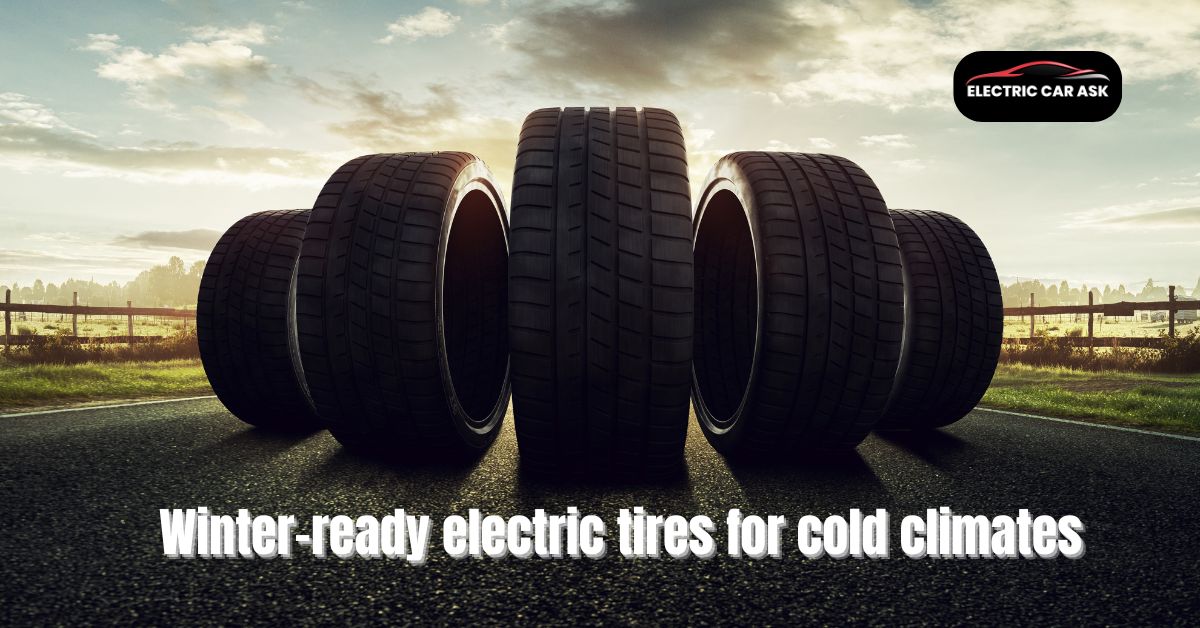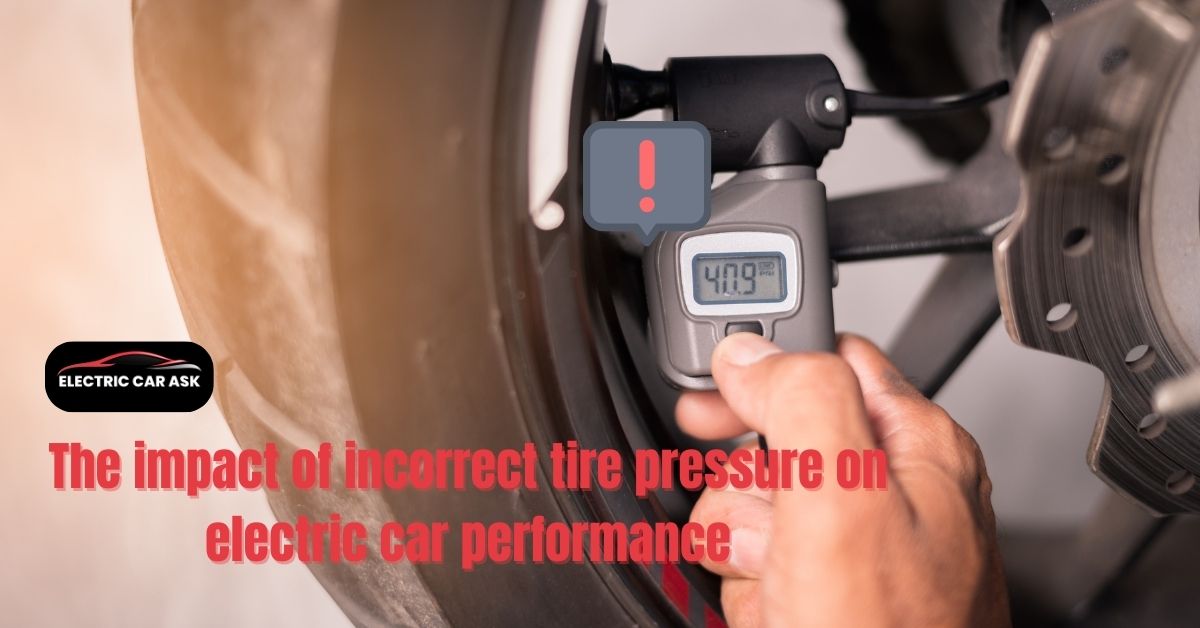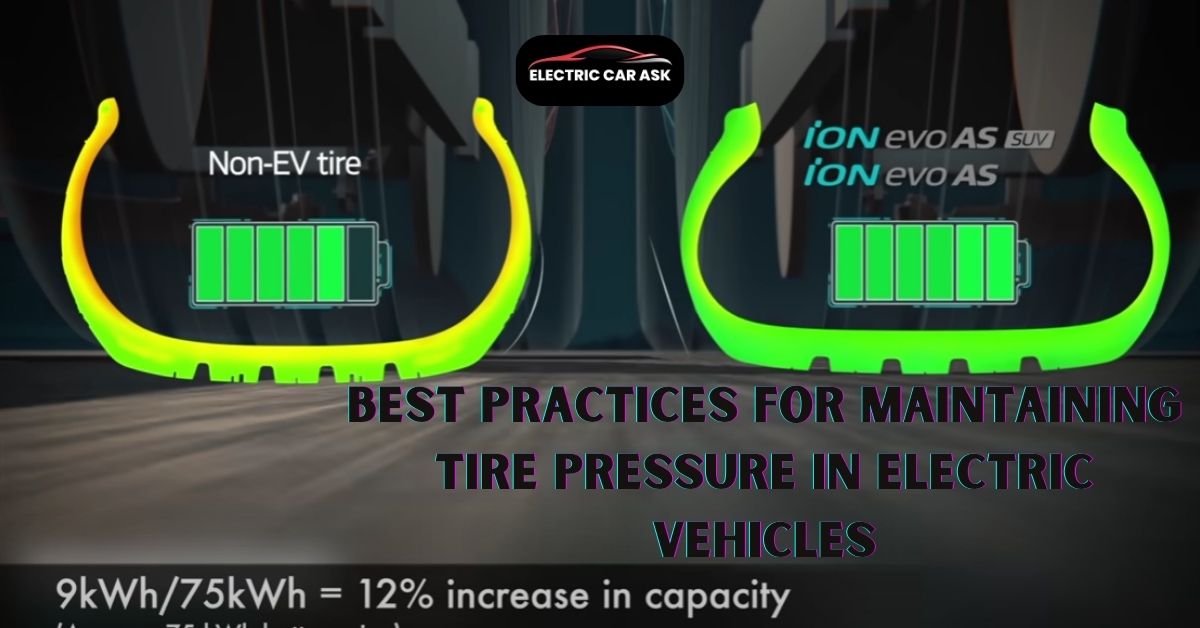Tire pressure is one of the most common safety concerns that we overlook. Also, maintaining the recommended tire pressure is very important for smooth performance. It maintains the vehicle’s fuel efficiency and overall performance. Let’s talk about tire pressure, especially focusing on the question: ‘Is 35 PSI too high?’ impact of improper tire pressure, and the importance of proper tire pressure.
IS 35 PSI too high? -The proper tire pressure
Most of the time the valid tire pressure depends on the manufacturer’s recommendation. Some vehicle’s recommended PSI is 35. If your is so, then it isn’t too high.
Normally, most passenger vehicle’s recommended tire pressure ranges between 30-35 PSI. Usually, this isn’t too high. However, if your vehicle’s recommended tire pressure is below 35 PSI, it might be high and can raise safety and performance concerns.
Where to find your recommended tire pressure range?
The recommended tire pressure can be found on the vehicle’s driver-side door jamp sticker and also in the manufacturer’s manual.
If you don’t find it anywhere on the vehicle’s door jamp sticker or lost the driver’s manual, you can see the manufacturer’s website. Most manufacturers provide online resources where you can enter your vehicle’s details to access specific information about tire pressure.
Importance of proper Tire Pressure
Let’s know why it matters. Tire pressure refers to the amount of air inside a tire, measured in pounds per square inch (PSI). Below we’re gonna discuss why it is important to maintain proper tire pressure.
Safety
The correct tire pressure ensures optimal traction, handling, and braking performance. Underinflated tires can cause reduced grip on the road which can increase the risk of accidents. The chances are higher on wet and slippery road conditions. On the other hand, overinflated tires can compromise stability and control. This makes it harder to maneuver the vehicle.
Fuel Efficiency
Properly inflated tires reduce rolling resistance, resulting in improved fuel efficiency. According to the U.S. Department of Energy, underinflated tires can decrease fuel efficiency by up to 3%. On the flip side, overinflated tires can cause excessive wear in the center of the tread, reducing fuel economy.
Tire Longevity
The correct tire pressure helps to promote even wear across the tread surface and extend the tire’s lifespan. Underinflation causes the edge of the tread to wear prematurely. On the other hand, overinflation leads to accelerated wear in the center.
Factors to Consider
Apart from your vehicle’s recommendations, there are a few factors that can influence whether 35 PSI is too high for your tires. Let’s talk about the factors:
i. Load Capacity
If carrying heavy loads or houseful passengers in your vehicle seems a burden for your vehicle, you may need to adjust your tire pressure accordingly. You need to know the appropriate tire pressure to increase your load capacity.
ii. Driving Conditions
If driving on rough terrains or off-road lowers your vehicle’s tire pressure for better traction and comfort, or if you need to higher your vehicle speed frequently on highways, it is probably okay to have slightly higher pressure. So, 35 PSI may be okay for your vehicle in that case.
Risks of Overinflated Tires if 35 PSI isn’t your valid tire pressure
If 35 PSI isn’t appreciated tire pressure for your vehicle, the risks below are associated with overinflated tires. Be aware of them.
i. Reduced Traction
Overinflated tires have a smaller contact patch with the road surface which can reduce traction and grip. Also, it can result in longer braking distances and compromised handling, especially in wet or slippery conditions.
ii. Uneven Wear
Excessive tire pressure can cause uneven wear in the center of the tread. This leads to decreased tire life and potential safety hazards when tread depth becomes insufficient.
iii. Ride Comfort
Overinflated tires tend to be stiffer. It results in a harsher ride quality. You can notice it when driving over bumps or potholes.
Manually determining the Ideal Tire Pressure
To ensure that your tires are properly inflated and balanced for optimum performance and safety, the following steps would be helpful.
A. Check Your Tires Regularly
Check your tire pressure at least once a month or before going on long trips. This will help you identify any potential issues.
B. Use a Quality Tire Pressure Gauge
Get a reliable tire pressure gauge to accurately measure the air pressure in your tires. Avoid using gauges at gas stations as they may not always be properly calibrated.
C. Measure When Tires Are Cold
Tire pressures increase as they heat up from driving or exposure to sunlight. To get an accurate reading, check your tire pressure when the tires are cold (before driving or at least three hours after parking).
D. Adjust Tire Pressure as Needed
If your tire pressure deviates from the recommended level (including 35 PSI), adjust it accordingly using an air compressor or by releasing air using a valve stem tool.
Conclusion
35 PSI can be too high or not as well. It depends on your vehicle. Make sure to find out your manufacturer’s recommended tire pressure. Depending on your driving conditions and performance, you can slightly increase your tire pressure. Remember inappropriate tire pressure may raise safety concerns and also can hamper the device’s performance. That’s all for today. Happy Driving!
Also Read,



